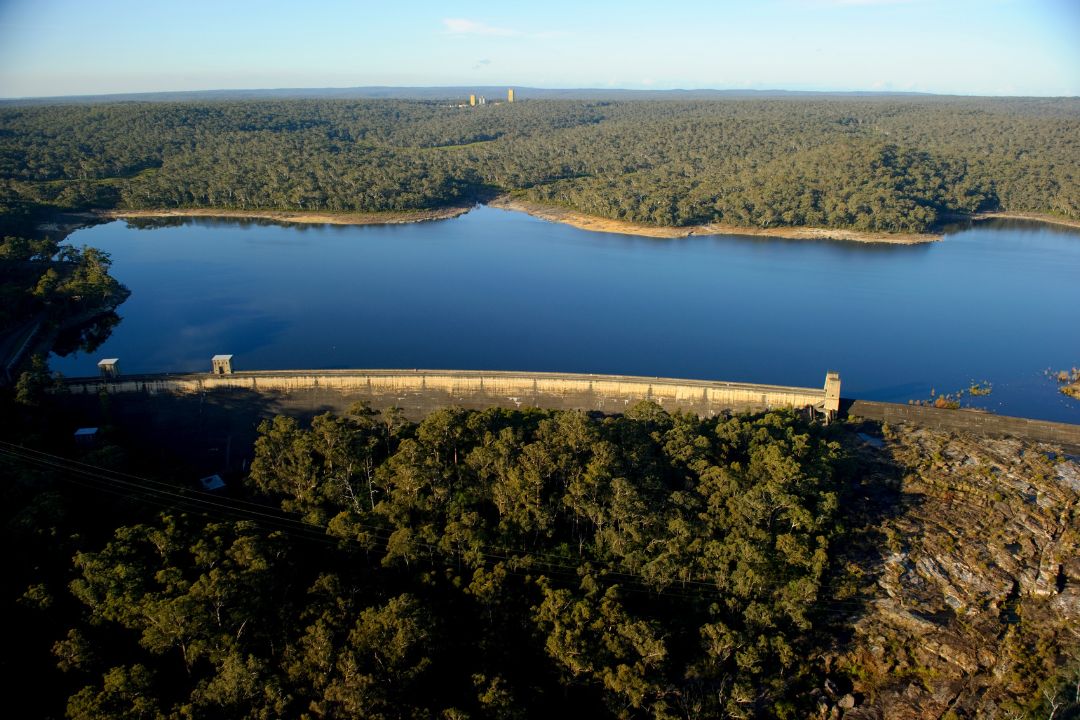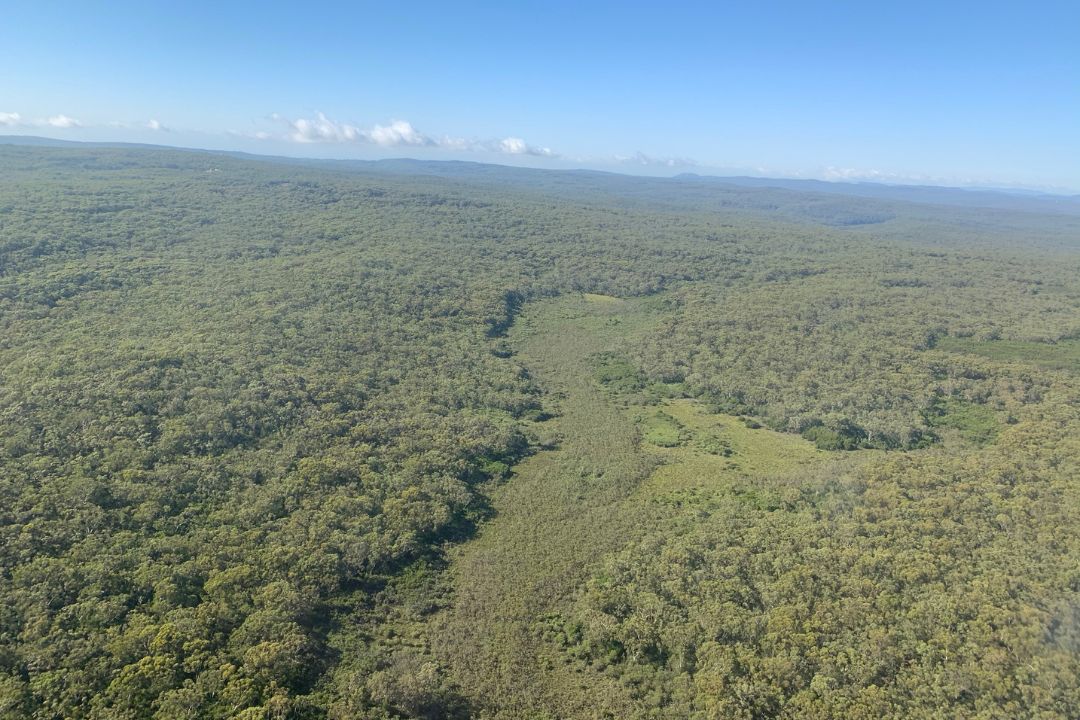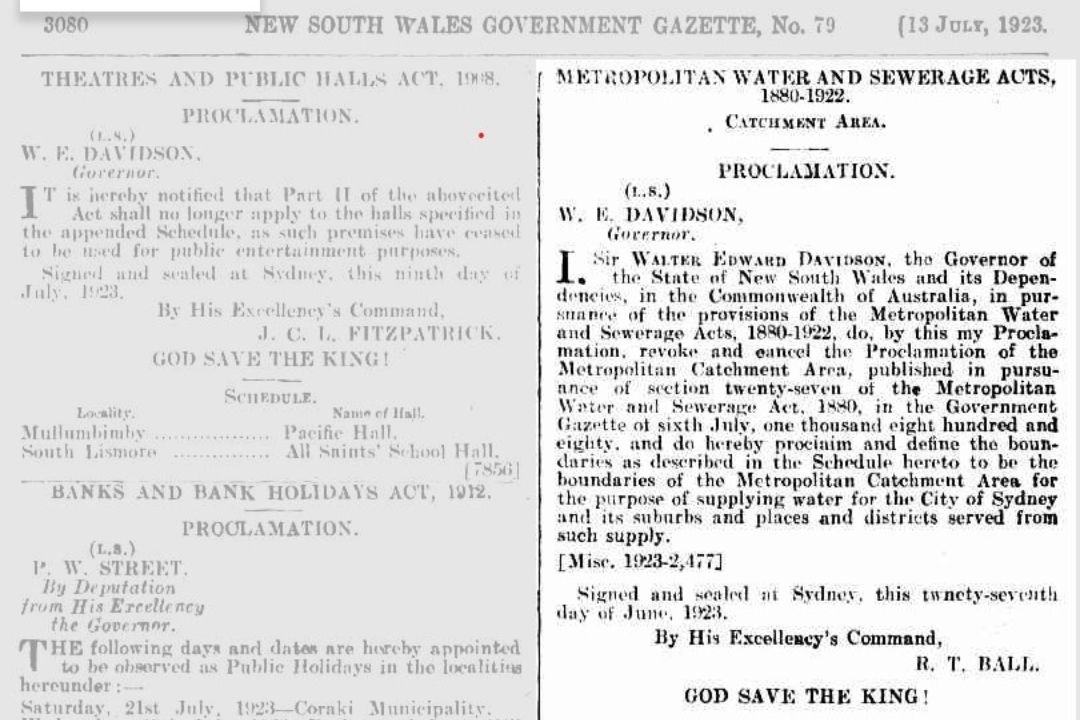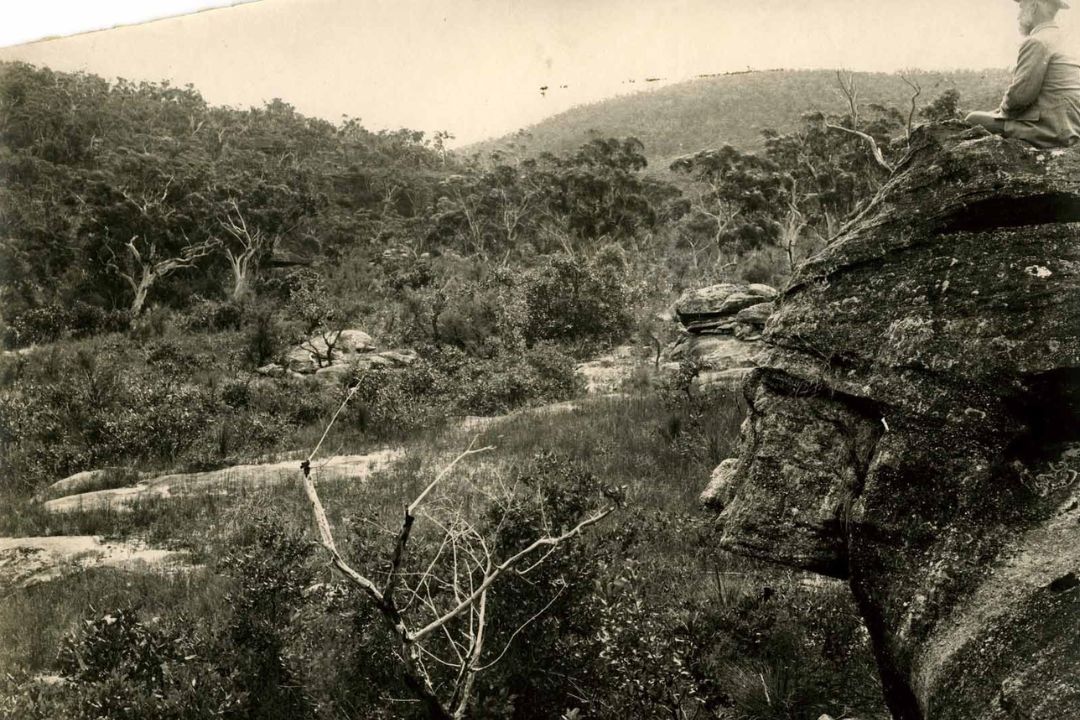Celebrating 100 years of catchment protection
Metropolitan Special Area celebrates 100th anniversary
Report a hazard - phone: 1800 061 069
WaterNSW head office
1PSQ, Level 14, 169 Macquarie Street Parramatta, NSW 2150
Contact us:
P: 1300 662 077
E: enquiries@waternsw.com.au
Postal address
WaterNSW
PO Box 398, Parramatta, NSW 2124
Warragamba Dam visitor centre
P: 02 4774 4433
Need an interpreter?
需要口譯員嗎?
Cần một thông dịch viên?
Necesitas un intérprete?
Hai bisogno di un interprete?
That Greater Sydney enjoys some of the highest quality drinking water in the world is because of a remarkable series of firsts, one of which celebrates its 100th anniversary this year.
The Metropolitan Catchment Area was proclaimed in 1923 to protect the water that flowed into the Nepean, Avon, Cordeaux and Cataract rivers above Pheasants Nest and Broughton Pass weirs that at the time supplied most of Sydney’s water.
Covering 90,239 hectares on the Woronora Plateau south of Sydney, and later re-named the Metropolitan Special Area, it is believed to be one of the longest-standing drinking water catchment protection areas in Australia.
The Metropolitan Special Area was designed to protect the water quality of an even more remarkable first – the Upper Nepean scheme.
The visionary scheme in the late 1800s helped solve Sydney’s water supply problems by collecting water from where it rained frequently and heavily south of Sydney, and transferring that water to Sydney to provide a reliable supply.
It was the first time in Australia that water was collected well away from a city, transported by canals and pipelines, and stored in a major dam (Prospect Reservoir).
A Royal Commission after the Federation Drought of 1901-02 expanded the Upper Nepean system by building four new dams: Cataract (completed 1907), Cordeaux (1926), Avon (1928) and Nepean (1935).
Throughout the past 100 years the water that flows into those dams and weirs has been protected by the native bushland and upland swamps of the Metropolitan Special Area. Today, it is a haven for native flora and fauna, including many threatened or endangered species.




Published date: 21 August 2023
WaterNSW acknowledges the traditional custodians of the lands and waters on which we work and pay our respects to all elders past, present and emerging. Learn more